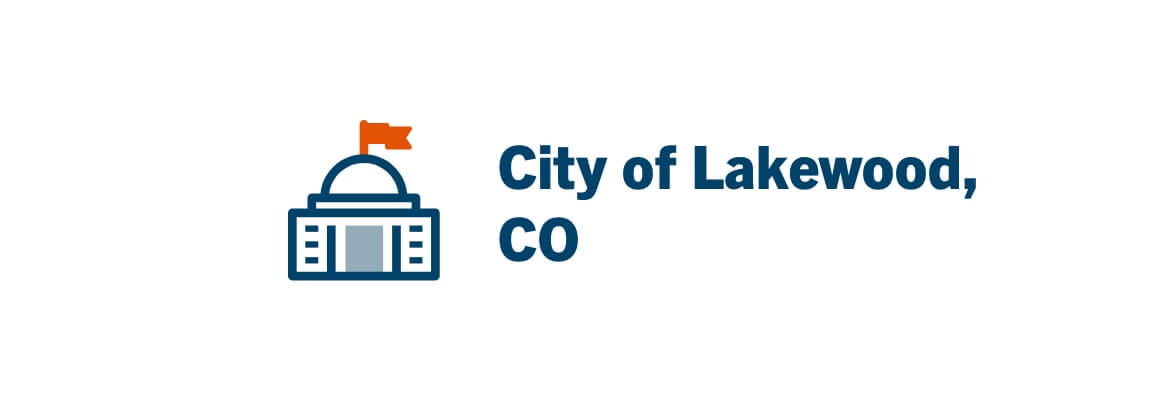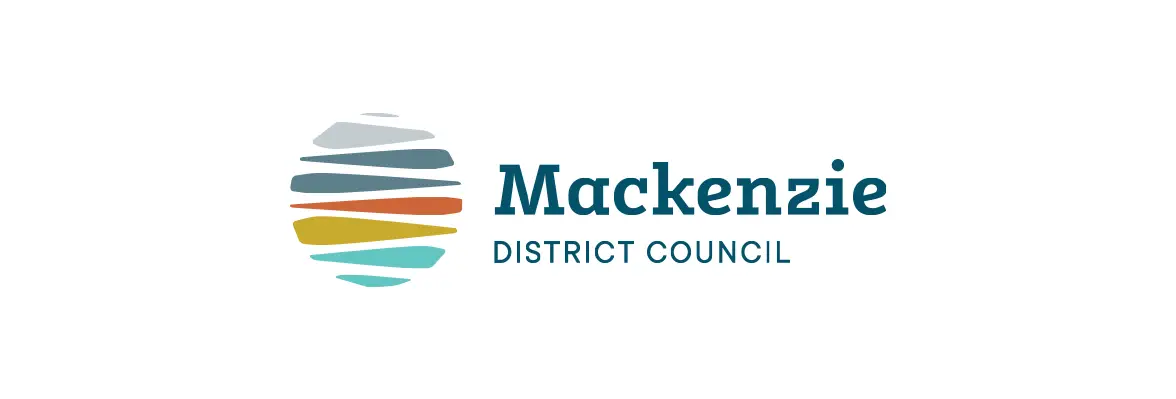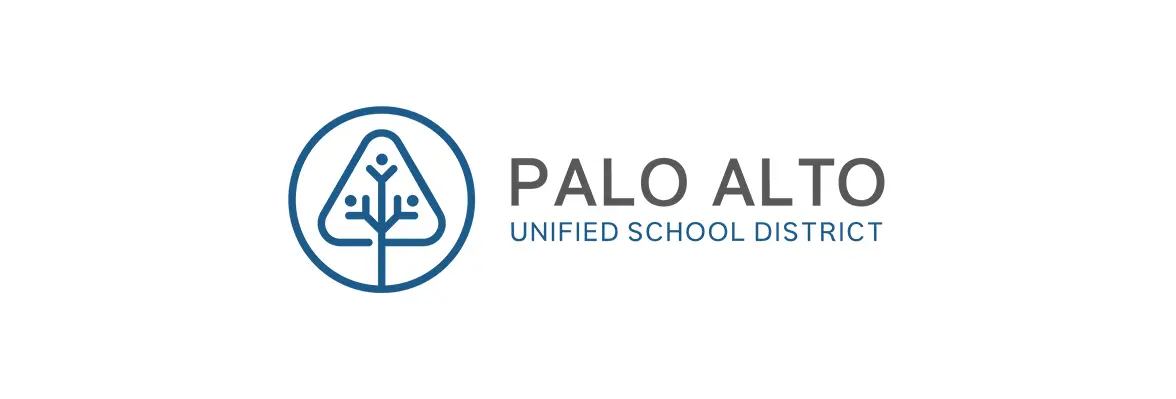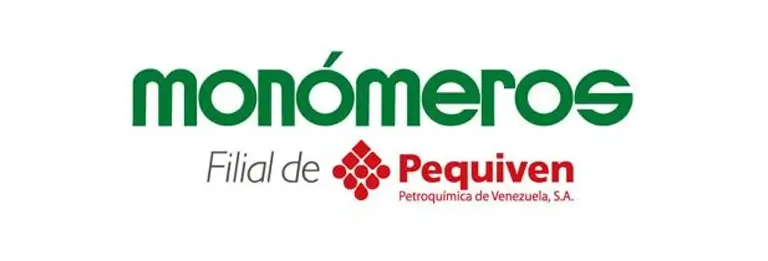City of Lakewood, CO
4 min read
Back in 2001, staff from the planning and public works department at the City of Lakewood, CO, created the Digital Archives Group (DAG) to find more efficient ways to manage 30 years’ worth of maps, plats and plans. Members from the Planning and Public Works, Community Resources, the City Clerk’s Office Central Records Division and the IT department participated in DAG.
Led by Stormwater Quality Coordinator Alan Searcy, Central Records Administrator Sharon Blackstock, and Imaging Technician Greg Buchanan, DAG evolved into an ad hoc governance committee, setting recordkeeping and retention policies for each department, as well as standardizing document indexing for interdepartmental use. “My goal in the beginning,” says Searcy, “was to get as much ‘buy-in’ as possible for our fledgling imaging program. Working together on interdepartmental projects is a proven recipe for success in Lakewood.” The Digital Archives Group is a prime example of that fact.
DAG initiated the purchase of Laserfiche in 2001 from Colorado-based reseller Phil Landreth of S. Corporation, with several departments sharing the cost. “Laserfiche was the most user-friendly solution we looked at, and we knew that was going to be very important,” Blackstock says. “Laserfiche also had a very strong presence in cities around our size (population: 145,000), so we knew that support for local government operations was in place.”
Although Laserfiche was first used only by the Engineering Division and the City Clerk’s Office, it eventually spread to other departments. As new departments joined in the project, they sent representatives to DAG meetings.
Initially, Laserfiche was used for archiving permanent records and closed case files. After a couple of years, the finance department became the first to manage active records with Laserfiche by scanning sales tax returns. More active records management followed as Laserfiche use began spreading to DAG members’ departments. Eventually most of Lakewood’s 10 departments adopted Laserfiche, each relying on DAG’s training and best practices to scan and manage their own records.
“With every new project, people really welcome our support and suggestions. We all listen to each other and are willing to hear new ideas,” Buchanan says. “At the same time, people don’t just say, ‘I’m going to do this’ and call up IT—DAG helps define the project and gives the go-ahead.” The City Clerk’s Office created Buchanan’s position as Imaging Technician in 2002 to facilitate Laserfiche projects by assisting departments in training users and developing and managing scanning projects.
Today, DAG’s goals are being met—long-term records are being archived and protected, concurrent retrieval of imaged records is possible, and storage space for maps, plats and plans has been reduced. What’s more, interdepartmental cooperation has resulted in a citywide sense of pride and ownership of Laserfiche.
Breaking Down Silos to Build an Agile Enterprise
IT Software Services Manager Tom Charkut credits DAG with addressing the training element in the early days “in a way IT just couldn’t.” But by 2005, Charkut says, “There were so many departments using Laserfiche that it just made sense to centralize the software maintenance and support.” IT took over Laserfiche system administration in 2006, as well as the software maintenance costs.
The City of Lakewood’s IT staff of 27 supports more than 1,000 city employees. “We’re a small team with big shoes to fill,” Charkut admits. Filling big shoes with different sizes and styles, he says, requires an agile development philosophy.
According to Charkut, one key component to solving the diverse but often overlapping information needs of Lakewood’s business units was using the Laserfiche SDK and its Microsoft-standard .NET API to integrate with legacy business applications. “Since Laserfiche was an enterprise-wide system,” he says, “we needed to figure out how to integrate it with our other line-of-business systems.”
A recent example is an integration between Laserfiche and Planning and Public Works’ new building permit system. “The user will be in the permit system, and using the permit number, he’ll click on a ‘documents’ button we developed that shows him the documents in Laserfiche,” he explains. “If he needs to email those documents, then we send URLs linking to those documents using Laserfiche Web Access. Laserfiche gives us the ability to arrange the information so it’s at the user’s fingertips.”
The user, Charkut notes, never leaves the permitting application. What’s more, the additional content is referenced from its single, centralized Laserfiche repository. Similarly, integration with the city’s GeoSmart GIS application geo-enables searches for employees across various systems whether it’s for code enforcement cases or service requests from residents, as well as for any documents—including plats, plans and forms—already in Laserfiche.
“For us, Laserfiche integration has helped break down silos,” Charkut says. “It’s all about decentralized capture, centralized storage and an enterprise library.”
What a Transparent Web We Weave
Now, as the city maps out an overhaul of Lakewood’s web strategy, Laserfiche is one of the ingredients. “Our web strategy in the past has been a patchwork of stuff. Just last year we said, ‘We have to do something about this—we’re getting 5,000 hits a day,’” says Charkut. “Part of our plan is to promote government transparency through the use of web self-service, including access to records contained in the Laserfiche system.”
Lakewood also finds itself in the middle of an electronic records management inventory and assessment, where consultants are actually suggesting new and future uses of Laserfiche. Building on DAG’s solid support foundation and Lakewood IT’s agile, integrated web strategies, the city is now assessing whether and when to upgrade to Laserfiche Rio, with its scalable, flexible user and module licensing—as well as its unlimited servers—to meet the needs of more and more departments, business processes and users, both internally and externally, from a single enterprise application.
“We are evaluating the ROI of Laserfiche Rio,” jokes Charkut. “We will assess that model on a 7- to 10-year timeframe.”
Upcoming Laserfiche Projects
- Employee Relations for employee benefits and claim management.
- Finance for sales and use tax applications management.
- Planning and Public Works to manage planning case documents from submittal to archival.
- Municipal Court for case file management.
- Utility crews and inspectors of right-of-way and buildings to access plans, records and other information stored in Laserfiche from the field.





